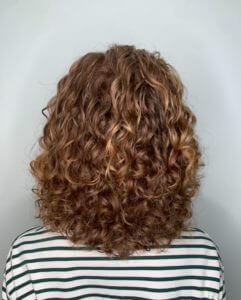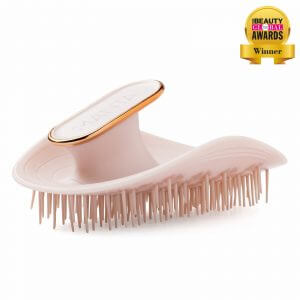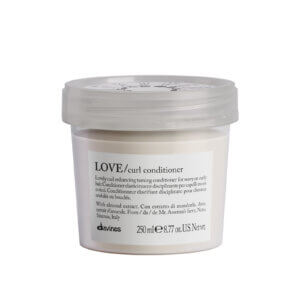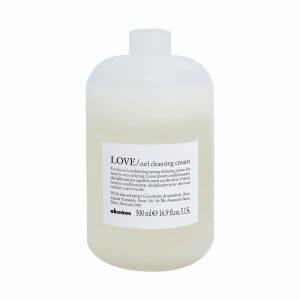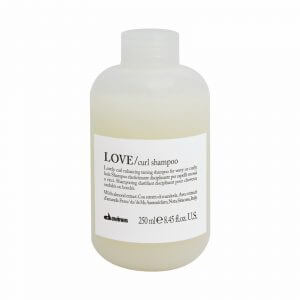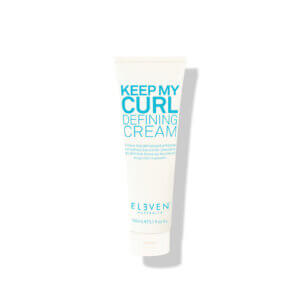
Hair Porosity
What is Hair Porosity?
Until a few years ago Hair Porosity was a term that was only known and used by hairdressers. It is great that this term is now being used by people with textured or curly hair as it means people are learning more about their hair. The only problem is you may have heard or read it but not know what it means!
When we talk about hairs porosity, we are talking about the cuticle layer. This is the outer layer of the hair that is made up of lots of transparent layers (like snake scales) they overlap each other and are there to protect the cortex which lies underneath the cuticle layer.
This layer is also part of what is termed the hydro-lipid layer which is where the oils secreted from the scalp spread to. The combination of the cuticle plates and lipids provide protection.
Ideally (and in healthy hair) these plates or scales should be closed and lie flat from root to tip. When these scales are lying flat they are very good at reflecting light which makes your hair look shiny.
Lets answer the most commonly asked questions about hair porosity.
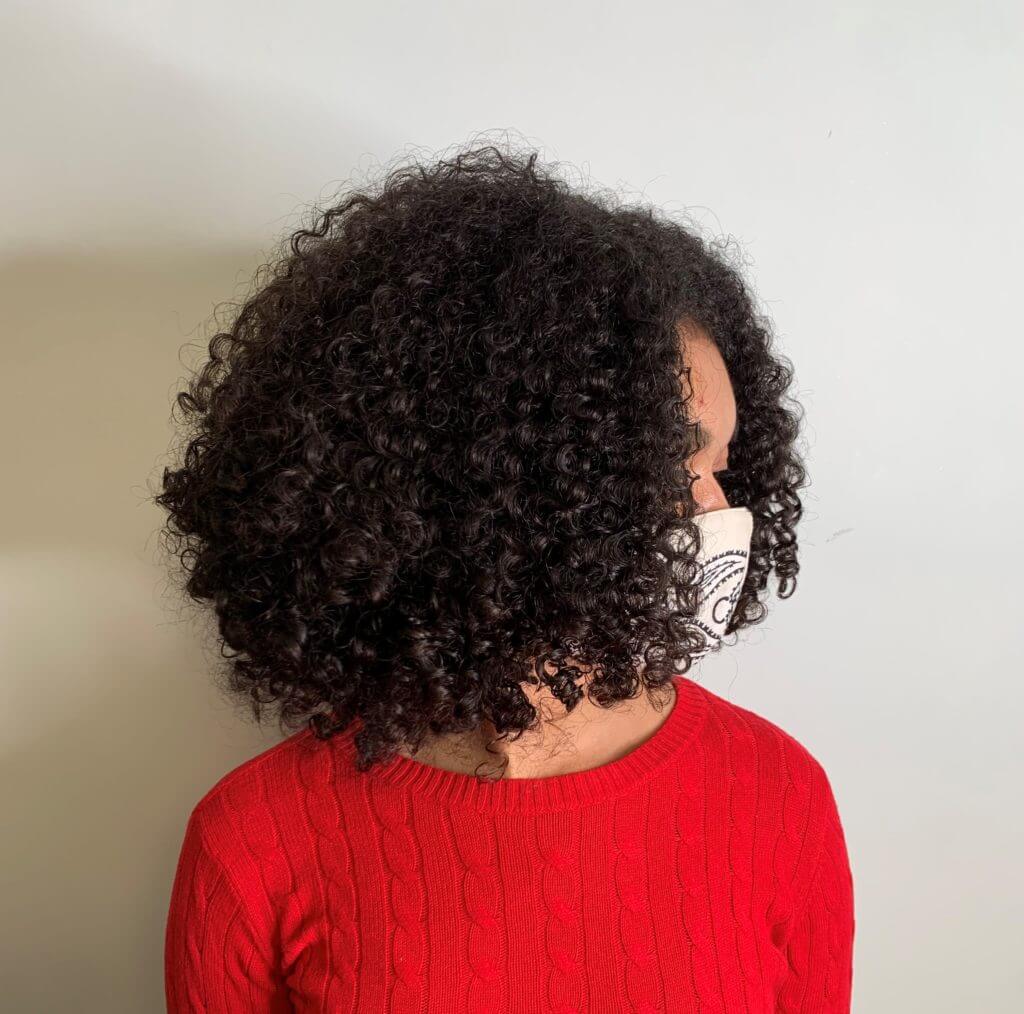
What is low porosity hair?
Low porosity hair is also known as normal, non-damaged and non-porous hair. Low porosity hair has a flat lying, smooth cuticle layer.
Low porosity hair can also be known (by hair stylists) as resistant hair. This is due to the cuticle being closed and less able to accept and absorb treatments, chemicals & even water.
You can think of it being like the shutters being closed. It is still possible to open the cuticle by changing the pH with certain hair products (for example hair colour).
What is high porosity hair?
If the hairs cuticle is damaged and/or open the hair is described as being porous, also known as high porosity hair. That protective layer can be thought as either having the shutters open or some of the shutters are missing completely.
High porosity hair will absorb moisture and chemicals much faster than low porosity hair but the main problem is it will also lose moisture much faster as well. Its also a problem when colouring hair as colour pigment molecules can be lost more quickly resulting in colour that fades more quickly.
When the cuticle is open the hair has a much rougher surface and so it can tend to tangle more easily than low porosity hair. It is very important to look after tangly damaged hair, to ensure there is not further damage created. The cuticle plates are delicate when they are raised and so a raised or open cuticle is much more prone to damage than a closed cuticle.
When the cuticle is open the hair has a much rougher surface and so it can tend to tangle more easily than low porosity hair
The cuticle plates open and close depending on how acidic or alkali its environment is. The cuticle opens when the environment is alkali (for example when we are bleaching hair) and closes when the environment is acidic. It is for this reason that most high-quality professional conditioners are slightly acidic.
By conditioning after every cleanse (shampoo) you will help to close the cuticle which is what you need to minimise cuticle damage. Only brush through your hair with a manta hairbrush and ensure the hair is wet and has conditioner or leave-in condition in when detangling with the manta brush.
How do hair cuticles become damaged?
The cuticle layer on the hair can be damaged in three ways:
- Heat
- Chemicals
- Environment
Heat
Heat damage can be from your hairdryer, your heat styling tools such as tongs and straighteners.
Never heat your hair to over 185 degrees C. Ghd are the leading maker of heat tools and did extensive research at their Cambridge R&D centre and found that above 185 degrees C hair effectively enters what is known as the glass transition phase: this is the temperature at which a material goes from a hard or brittle state to a malleable or plastic state.
It means that hair can be styled most effectively and with minimal damage up to 185 deg C but above this significant damage starts to occur. The platinum plus styler is a smart styler and has heat sensors that maintain this temperature on any thickness of hair, from root to tip, no matter how quickly you pass the styler through your hair. Its for this reason that we recommend ghd hair straightening tools.
Repeated heat application can damage the cuticle scales, remove moisture from the cortex and break internal chemical bonds that maintain your hairs structure. To avoid this damage, use a moisturizing shampoo and conditioner and always use a heat protector spray before using your hair dryer, apply to damp hair.
Chemical
Chemical damage occurs when too many harsh chemicals are used in error. This could be from permanent alkali colour, bleach, a chemical straightening (known as relaxing) service or perming.
Environmental
Environmental damage comes from the sun and wind. Always wear a hat in high heat and use a UV (sun) protector spray on your hair daily, as you would with a face cream with sun protection in. This will also protect your scalp, especially on fine hair or hair with a definite parting, which otherwise would leave your scalp open to burning.
How can I test hair porosity?
The quickest and easiest way to test your hair to see if you have low or high porosity is simply to run your finger and thumb along your hair from tip to root to feel if the cuticles are raised. If they are raised, rough and not smooth your hair is high porosity. If smooth, your hair is low porosity.
How often to deep condition high porosity hair?
You should deep condition high porosity hair on every other wash. Ideally you are washing your hair every other or every third day. On the alternate cleanse use a moisturizing mask, leave for 5 – 10 minutes, no need to condition after. Then on the fourth wash use a clarifying or deep cleansing shampoo (to get the most benefit from the treatment) and then apply a protein treatment, leave in for 5 – 10 minutes and then rinse, finish with a moisturizing conditioner.
How often to deep condition low porosity hair
You should deep condition low porosity hair on every fourth wash. Ideally you are washing your hair every other or every third day. On the fourth cleanse use a clarifying or deep cleansing shampoo and then apply a moisturising mask, leave in for 5 – 10 minutes and then rinse.
Is high or low porosity hair better?
Low porosity hair would be considered healthy ‘normal’ hair however, low porosity hair takes longer to absorb water, chemicals, and hair care treatments, potentially making treatments less effective, as they will remain on the hairs surface.
High porosity hair is damaged hair. It will absorb water, treatments, and chemicals easily; however, it can also release them easily too.
High porosity hair can look fluffy and dry, whereas low porosity hair can look smoother and shinier.
How do I cure high porosity hair?
If hair is damaged, therefore lifting the cuticle and resulting is high porosity hair, then a haircut is advised to remove the damaged area.
It is a good idea to maintain a shorter hair style while bringing back the condition & strength to the hair.
A protein-based hair care range is best for high porosity hair, we recommend Redken’s Extreme range (especially their CAT spray for an intense boost of protein) or Olaplex. It is very important to know you can use too much protein! Too much protein will make your hair drier and more brittle. Think of your protein range as an antibiotic, use it until the shampoo, conditioner & treatment bottles have finished and then reassess your hair, at which point you should be ready to move on to a moisture routine.
Too much protein will make your hair drier and more brittle
Avoid using direct heat. If heat is needed to style your hair, use a nozzle on your hair dryer and always use a heat protector spray, applying to damp hair. (link to ghd spray).
Avoid using bristle brushes as these may snag and cause further damage and breakage
When blow drying your hair always direct the flow of the hairdryer air along the cuticle layer, to ensure that the cuticle layer dries flat and enhances shine. This means the hairdryer will be held high above your head, nozzle facing down. If you want volume, then tip your head upside down and let the hairdryer follow your hairs growing direction.
Conditioners and treatment masks will also help to close the cuticle.
Maintain and improve your hair health by always conditioning after every cleanse, only brush through with a manta brush and ensure the hair is wet and has conditioner or leave-in condition in when detangling with a manta brush. Avoid using bristle brushes as these may snag and cause further damage and breakage.
High Porosity hair may appear fluffy, smoothing products are great to defrizz, such as serums and oils. Apply these on to dry hair, starting at the ends first, then the mid lengths, no need to apply to the root area, as the roots will not be dry and may even be oily.
When blow drying your hair always direct the flow of the hairdryer air along the cuticle layer
